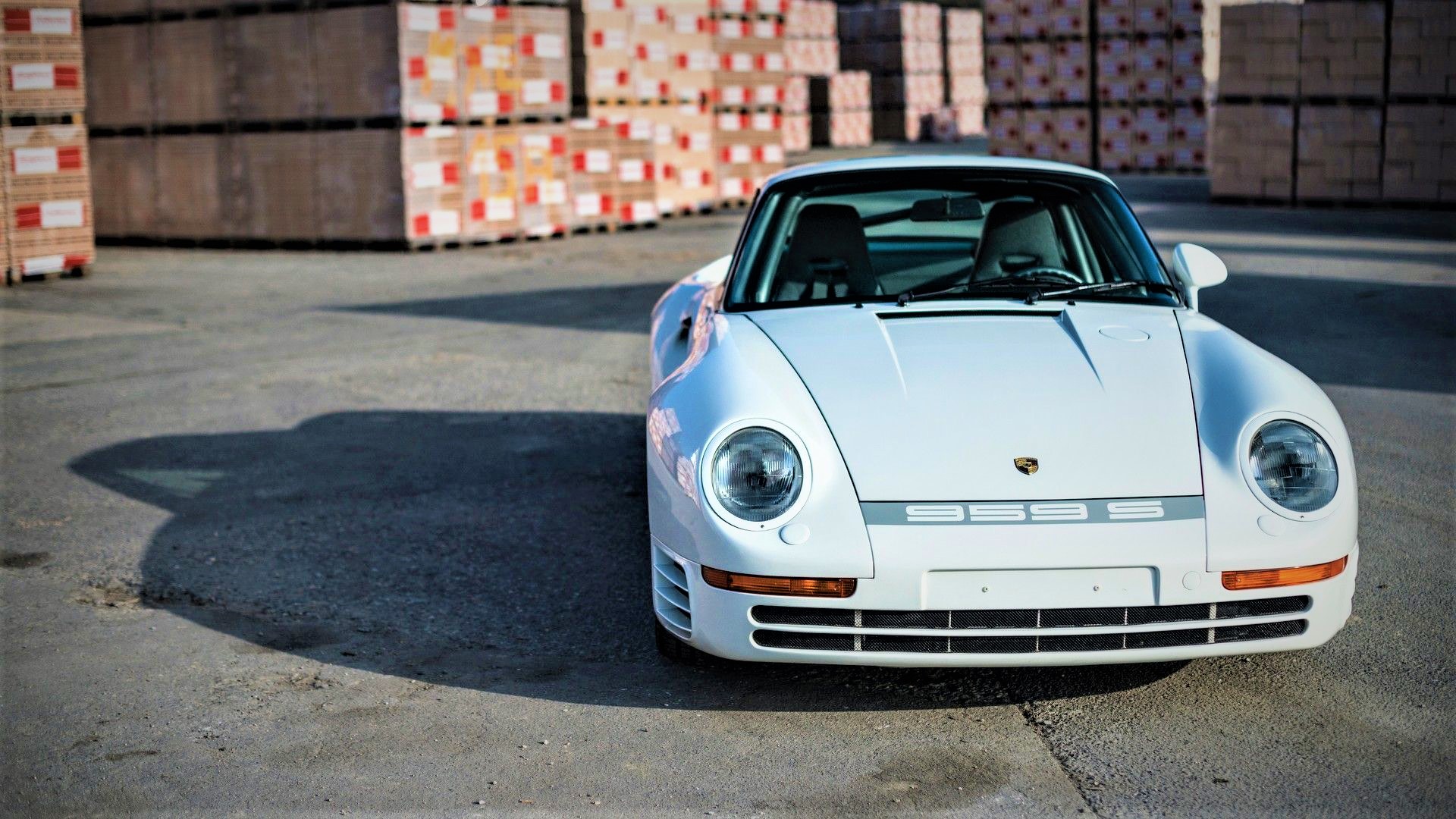Supercars are a step ahead of their time.
If you had to choose one vehicle that would be the grandfather of all modern supercars today, what would it be? The Ferrari F40, Jaguar XJ200 and Lamborghini Miura all play important roles in the development of this segment. But the Porsche 911 is always the first name we think of.
The 959 was a homologation vehicle that featured tons of advanced technologies. It was largely based on the 911 from the same era. The sophisticated powertrain consisted of a 2.85-liter flat-six flat-six motor de-stroked with liquid-cooled heads and sequential turbochargers attached to each bank of the cylinders.

Porsche’s groundbreaking Porsche-Steuer Kupplung system (PSK), which uses a wet multi-plate clutch up by the front differential to distribute torque between the front and rear depending on the weather conditions, was used to transfer power from the engine to its wheels. The 959 had four driving modes that could be controlled by the driver via an onboard dial. It was the foundation of modern dynamic AWD systems.
Many believe the 959 was more than 10 years ahead of its day. Bruce Canepa, an ex-American race driver, said that the 959 was “literally twenty years ahead” of its time when he first drove one. The video below, courtesy Petrolicious shows Canepa telling the fascinating story of one the first 959s legally imported to the United States. This comes after almost a decade of unsuccessful attempts.
Canepa, who currently operates a Scotts Valley, California sports and race car restoration center, believes the 959 saved Porsche and the 911 as a whole. It showed the world how a rear-engine design could work. We couldn’t agree more.